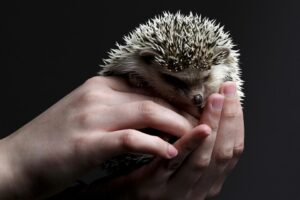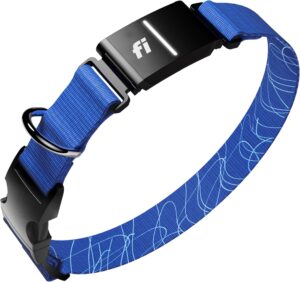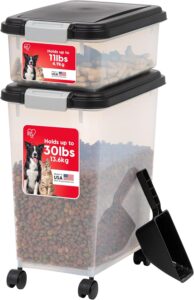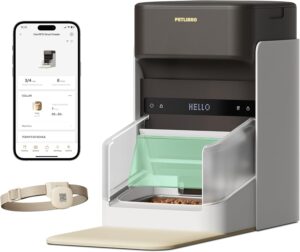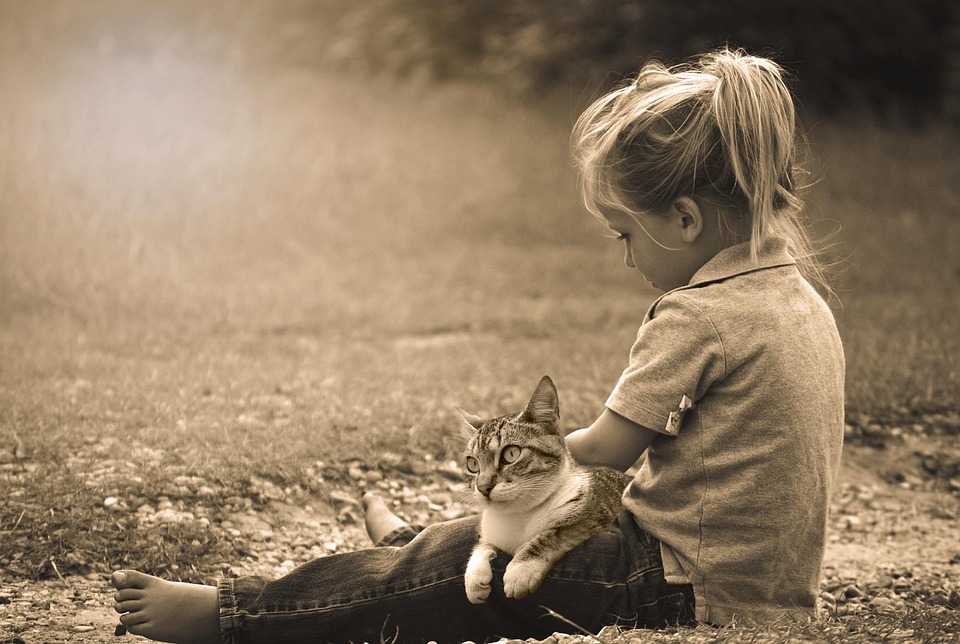
Introduction
Creating a play zone for your small pet is not just an indulgence but a necessity. Small pets like hamsters, guinea pigs, rabbits, and ferrets thrive in environments that stimulate their natural instincts and provide them with opportunities for physical exercise and mental engagement. A well-designed play zone can help prevent boredom, reduce stress, and promote overall well-being. In this article, we will explore the essential elements of designing the ultimate small pet play zone, taking into consideration safety, enrichment, and the unique needs of different small pets.
Understanding Your Pet’s Needs
Species-Specific Requirements
Each small pet species has unique needs that must be addressed when designing a play zone. For instance, guinea pigs require spacious areas for running and social interaction, while hamsters enjoy intricate tunnels and climbing structures. Rabbits need ample space to hop and explore, and ferrets benefit from complex mazes and vertical climbing opportunities.
Space Considerations
The size of the play zone should be proportionate to the pet’s size and energy levels. Larger pets like rabbits and guinea pigs need more space compared to smaller ones like mice and hamsters. Additionally, consider the number of pets sharing the space to ensure there is enough room for everyone to move freely.
Essential Elements of a Small Pet Play Zone
Safety First
Safety is paramount when designing a play zone. Ensure all materials used are pet-safe, avoiding anything with sharp edges or toxic substances. Ensure the area is escape-proof, especially for pets prone to squeezing through small gaps or climbing over barriers.
Natural Enrichment
Incorporate elements that mimic the pet’s natural environment. Use natural substrates like hay, wood shavings, or shredded paper for digging and burrowing. Add logs, rocks, or branches for climbing and exploring, but ensure they are free from pesticides and chemicals.
Interactive Toys and Puzzles
Interactive toys and puzzles are excellent for mental stimulation. Consider toys that dispense treats or require problem-solving to access a reward. These can keep your pet entertained and encourage natural foraging behaviors.
Exercise Opportunities
Physical activity is crucial for small pets. Incorporate exercise wheels, tunnels, and ramps to encourage movement. For more adventurous pets like ferrets, include climbing nets or hammocks. Ensure that all exercise equipment is appropriately sized and safe for your pet.
Designing for Different Small Pets
Hamsters
Hamsters are nocturnal creatures that love to explore, dig, and climb. Their play zone should include a variety of tunnels, climbing structures, and an appropriate-sized exercise wheel. Use bedding that allows for burrowing, and consider adding a sand bath for grooming.
Guinea Pigs
Guinea pigs are social animals that thrive in groups. Their play zone should have ample space for running and social interaction, with hiding spots like tunnels and boxes to provide a sense of security. Ensure there are separate areas for eating, playing, and resting.
Rabbits
Rabbits need a spacious play zone with plenty of room to hop and explore. Provide a variety of toys like balls and chew toys to keep them entertained. Include tunnels and platforms for climbing, and ensure they have access to fresh hay and water at all times.
Ferrets
Ferrets are curious and love to explore vertically as much as horizontally. Their play zone should include ramps, tunnels, and climbing structures. Provide plenty of toys, including balls and interactive puzzles, and ensure there are secure areas for resting and sleeping.
Maintaining the Play Zone
Regular Cleaning
To maintain a healthy environment, clean the play zone regularly. Remove soiled bedding, wash toys and surfaces, and ensure water and food dishes are sanitized. Regular cleaning helps prevent the spread of disease and parasites.
Rotate Enrichment Items
To keep your pet engaged, rotate toys and enrichment items regularly. Introducing new challenges and experiences prevents boredom and encourages exploration. Observe your pet’s preferences and adapt the play zone accordingly.
Conclusion
Designing the ultimate small pet play zone requires thoughtful consideration of your pet’s specific needs and preferences. By prioritizing safety, providing natural enrichment, and encouraging physical and mental exercise, you can create a stimulating environment that promotes your pet’s health and happiness. Regular maintenance and adaptation of the play zone ensure it remains a dynamic and engaging space for your small pet to thrive.
#ChatGPT assisted in the creation of this article.


